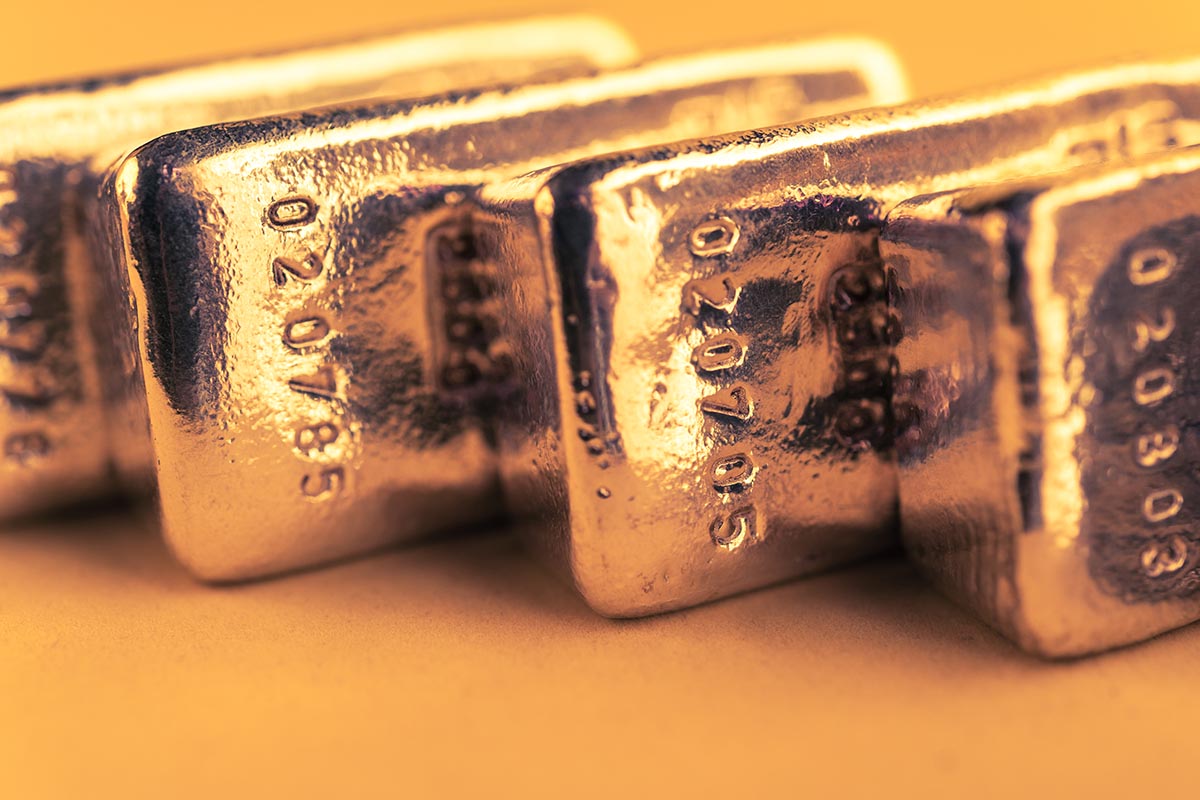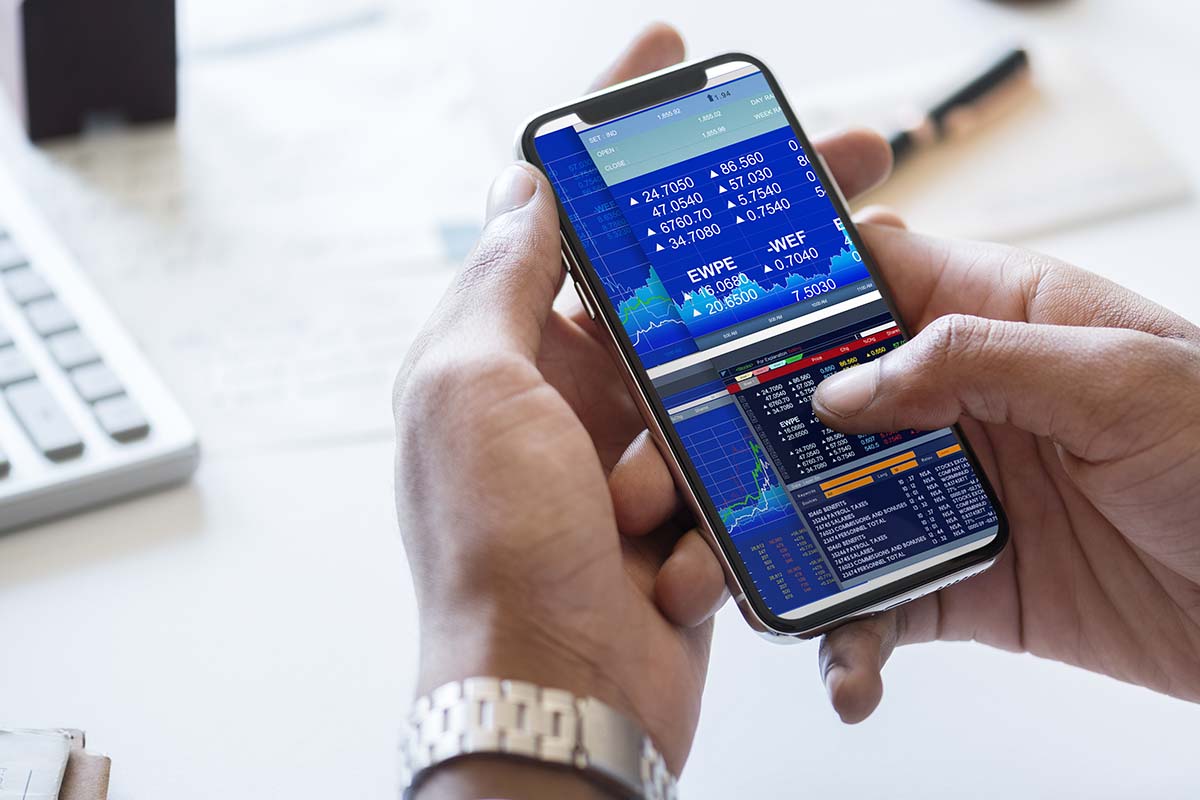How Precious Metals Can Strengthen Your Investment Strategy
Key Points
- Stability and Inflation Hedge: Precious metals like gold act as a hedge against inflation, preserving value during currency devaluation and economic downturns.
- Diversification and Risk Reduction: Adding precious metals to a portfolio reduces risk, as they typically perform well when traditional markets falter, stabilizing overall returns.
- Flexible Investment Options: Investors can choose from physical metals, ETFs, or mining stocks based on preference for tangibility, liquidity, or risk tolerance.
In today’s volatile economic climate, investors are increasingly looking for ways to safeguard their wealth and diversify their portfolios.
Precious metals such as gold, silver, platinum, and palladium have long been considered safe-haven assets that offer stability during times of uncertainty.
Whether you’re a seasoned investor or new to the world of investments, understanding the role of precious metals in a balanced strategy can help you make more informed decisions and protect your financial future.
In this article, we’ll explore the importance of incorporating precious metals into your investment strategy and how they can contribute to a diversified portfolio.
Why Precious Metals?
Precious metals have been used as stores of value for centuries, and their appeal remains strong today.
Unlike stocks and bonds, precious metals are tangible assets that aren’t directly tied to the performance of any single company or government.
This makes them particularly attractive during periods of economic instability, as they tend to retain their value when traditional markets fluctuate.
Gold, in particular, is often seen as a hedge against inflation and currency devaluation.
As the value of paper money decreases, gold’s value typically rises, offering a layer of protection for investors.
Similarly, silver, platinum, and palladium are not only valued for their monetary use but also for their industrial applications, which help drive demand and support their prices.
Diversification and Risk Mitigation
One key principle of investing is diversification, which involves spreading investments across different asset classes to reduce risk.
While equities and bonds remain foundational components of a portfolio, precious metals offer a form of diversification that can provide a buffer during market downturns.
By allocating a portion of your portfolio to precious metals, you can reduce your overall exposure to market volatility.
This is because precious metals often move inversely to the stock market; when stocks decline, their value tends to increase.
This counterbalance can help stabilize your portfolio during times of financial stress, providing you with a safety net in uncertain markets.
Different Types of Precious Metals
Each type of precious metal has unique characteristics that appeal to different types of investors.
Here’s a brief overview of the main options:
-
Gold: Known as the ultimate safe-haven asset, gold is often used as a hedge against inflation and currency fluctuations. It’s a long-term store of value and is commonly included in many investment portfolios.
-
Silver: While often considered the “second-best” to gold, silver has its own appeal due to its industrial uses in electronics, solar energy, and medical devices. Its price is typically more volatile than gold but can offer higher returns during certain market conditions.
-
Platinum and Palladium: These less well-known metals play critical roles in industries such as automotive manufacturing, where they are used in catalytic converters. Their prices can be more volatile due to supply and demand factors but offer growth opportunities.
Finding the Right Allocation
Determining how much of your portfolio should be allocated to precious metals depends on your financial goals, risk tolerance, and market outlook.
According to a report by CBS News, most experts recommend that precious metals make up between 5% and 10% of a well-diversified portfolio.
This allocation is generally sufficient to protect during economic downturns without overexposing you to the volatility of investing too heavily in any single asset class.
It’s important to assess your investment strategy regularly and adjust your precious metals allocation as needed based on changes in market conditions and your personal financial objectives.
Using Precious Metals to Hedge Against Inflation
One of the most significant reasons investors turn to precious metals is their ability to act as a hedge against inflation.
Inflation erodes currency’s purchasing power, making goods and services more expensive over time.
Precious metals, particularly gold, have historically maintained their value during inflationary periods, providing a safeguard for investors looking to preserve their wealth.
As inflation rises, the price of gold tends to increase, helping to offset the decline in the value of paper assets.
This makes precious metals an attractive option for investors seeking to hedge against inflationary risks.
The Best Investment Strategy
There are several ways to incorporate precious metals into your portfolio.
You can invest directly by purchasing physical metals such as coins or bars, or you can gain exposure through financial products like exchange-traded funds (ETFs), futures contracts, or shares in mining companies.
For investors looking for the best strategy to invest in precious metals, it’s essential to consider your financial goals and risk tolerance.
Physical metals offer the security of holding a tangible asset, while ETFs and mining stocks provide liquidity and flexibility for those who prefer a more hands-off approach.
Each method comes with its own risks and rewards, so it’s crucial to do your research and choose the option that aligns with your overall investment strategy.
Conclusion
Precious metals are essential in a balanced investment strategy, offering both diversification and protection against economic uncertainty.
By incorporating gold, silver, platinum, or palladium into your portfolio, you can reduce risk and ensure that your investments are better insulated from market volatility.
Whether you choose physical assets or financial products, precious metals can provide stability and growth opportunities that complement traditional investments.





















